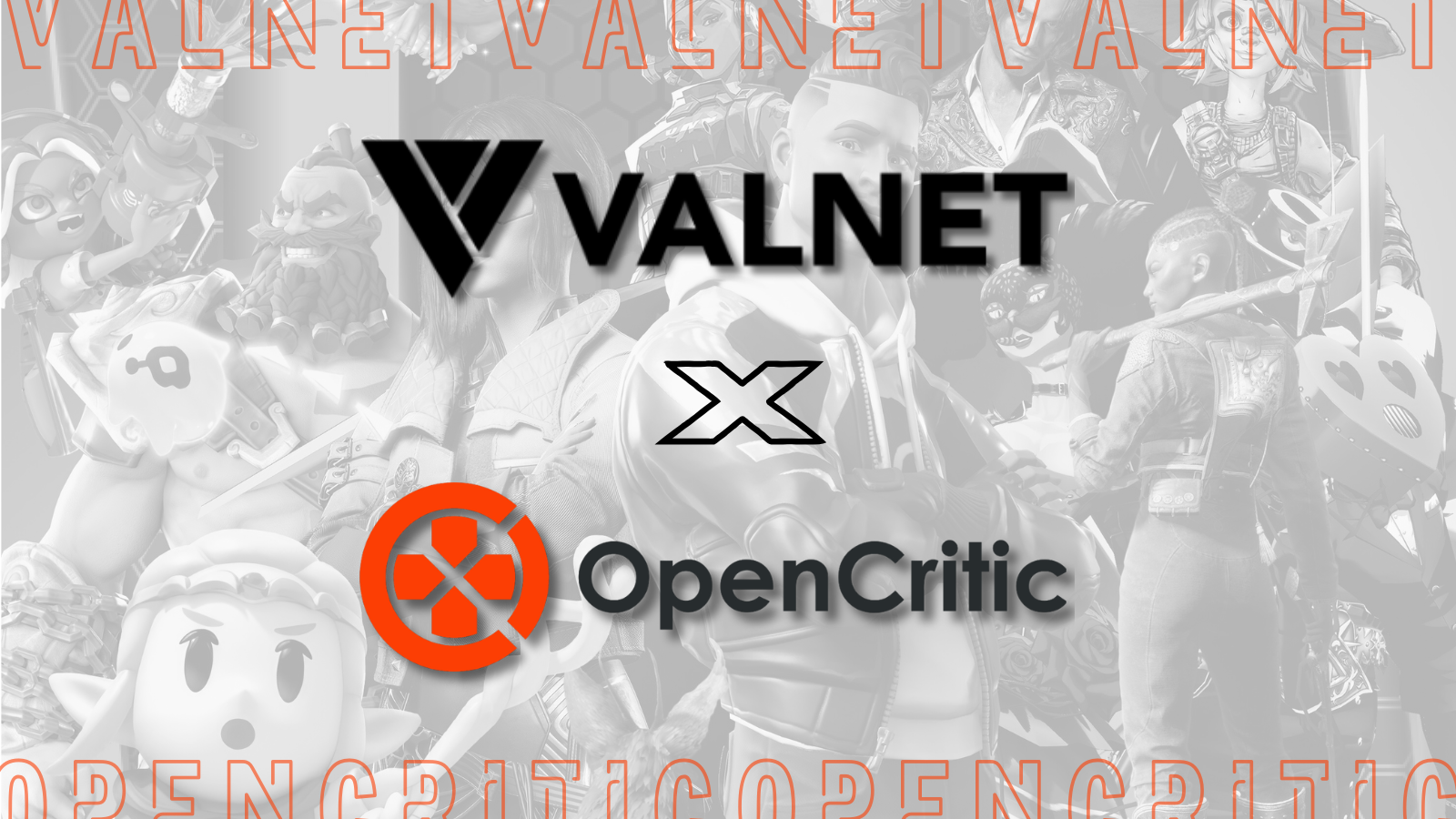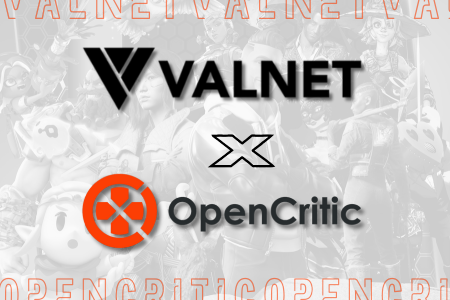
In 2024, I attended an off-site event with my team at Valnet Gaming, where we discussed the future of video game publishing and envisioned the direction of our publications.
Our team operates some of the most recognizable game publications in the industry, which include GameRant, TheGamer, Polygon, Fextralife, OpenCritic, DualShockers, and Hardcore Gamer. With more than 150 million monthly users engaging with our platforms, we have a lot of responsibility to do right by our audience.
That off-site began with a nearly blank slate, an intentional approach designed to spark conversation and generate new ideas. Still, one thing was clear to the entire team going in: our review aggregation platform, OpenCritic.com, needed a stronger community focus.
We acquired OpenCritic in July 2024. Our entire team loved the platform, and our acquisition focused on introducing an entirely new way for our large reader base to engage with day-one game releases and discover new favorites.
We needed a way to keep players engaged well beyond launch day, something that encouraged deeper interaction, sparked ongoing conversations, and gave them a reason to return. That’s when the idea for user-based reviews took shape.
Building A Fully Moderated Player Review Platform
I remember being excited about launching user-based reviews, which we later called “Player Reviews.” The team loved the idea but understood the risks of making such a controversial move.
Our competitors were frequently hit with review bombing, which happens when when users flood a game with negative reviews for reasons unrelated to its quality. This can happen when players dislike a developer’s politics, hate a previous release from the studio, or simply decide it would be fun to tank a game’s score.
After hours of discussion, we chose a hands-on approach. Player Reviews would launch with a three-day grace period after a game’s release before users could post. Gamers often start playing a new release the moment it comes out and spend much of the first weekend playing it. By waiting three days before allowing reviews, we gave players enough time to experience the game more fully and provide better-informed feedback.
This served two purposes: first, only critic scores—based on early review copies—would appear on release day and the days immediately following; second, it helped ensure that reviews were based on meaningful gameplay experience rather than quick, release-day reactions.
We also decided that every player review would be manually screened to ensure it reflected genuine thought, whether positive or negative. All comments on reviews would also be checked to prevent personal attacks or bullying.

The results? Since launching Player Reviews, we’ve covered hundreds of games without a single review bomb. Thousands of gamers have submitted detailed feedback, often including Pros and Cons. Some even revisited older games to share their thoughts. In certain cases, other users challenged a reviewer’s score based on their own written impressions, leading to score changes by the original poster. Even in its early days, it began to grow into a player-supported community, with reviewers returning more often and engaging more deeply with the platform.
User Profiles Get a Facelift and Help Boost User Profile Usage
Initially, user profiles were tied to numerical URLs that lacked personality. In late 2024, we introduced the option for users to claim custom profile names. While it may seem like a small update, it immediately drove higher engagement: more reviews, more comments on others’ reviews, more curated lists of favorite games, and more additions to wishlists.
Here’s a review from a user who had claimed their username. We generally see longer-form content being created by users who have chosen a profile name and then filled out their profiles with wishlist items, “games played” lists, and so on.
This is a great example of the type of user-led engagement we regularly see from our player ratings.

Users who claim a profile name and fill out their profiles tend to create longer, more thoughtful content, including detailed reviews, wishlists, and “games played” lists. This shift toward personalized profiles, often linked to gamer tags or other online identities, also brought greater transparency for our most active users and allowed them to grow their own followings—a feature we plan to expand.
OpenCritic will always be, at its core, a critic-driven review aggregation platform. But as users grow more comfortable using it as their primary hub for game discovery and discussion, we’re seeing steady growth in community-led engagement. We remain committed to building on that momentum for players and the broader gaming community.
Building A Discord Server For OpenCritic
In February 2025, I reached out to hundreds of our publishing partners at OpenCritic and invited them to join our new Discord server. The goal was simple: to build a community that bridges the gap between publishers and the gaming community.
Within the first week, more than 250 critics had joined our Discord. I created dedicated channels for publisher discussions, publisher support, profile verification for critic accounts, and content discovery—allowing critics to share their work for potential promotion on OpenCritic’s social pages. During that first week alone, I verified hundreds of critic profiles.
Verification enables critics to showcase their photo, bio, and social links, helping readers connect with them and follow their work. This not only strengthened our community but also encouraged critics to upload reviews that might previously have been overlooked, leading to a noticeable increase in published content.

Going Further With Discord Engagement (Connecting The Industry)
A short time after those invitations were sent, I leveraged the extensive network of PR, brand, and communications contacts we have at Valnet to begin inviting members of those communities to their private channel to discuss game marketing and other aspects of the industry. That was followed by another channel dedicated to bringing together our vast network of gaming publishers with the employees at gaming companies and agencies they already work with or would like to work with.
The results? A lot of discussion about the state of the game publishing industry, helpful advice shared among industry professionals, and the chance to get to know so many of the names and faces we all encounter working together in the game publishing industry.
This has also given us the chance to share game news on our OpenCritic social channels, which reach more than 400,000 followers. Supporting our publishing partners is at the core of OpenCritic’s mission, and our Discord community has made that mission easier to achieve.
Bringing Our Entire OpenCritic Community Into Our Discord
Several months ago, we opened up the OpenCritic Discord to the general community. Public channels were quickly established to facilitate general gaming discussions, share game memes, and other related content. We also launched discovery channels where our publishing partners and the general public can share exclusive news stories, exclusive features, exclusive interviews, videos, and more.
Our goal with the OpenCritic Discord server is simple. Provide a way for our readers to discover unique content they may have missed on social media or in search engines, while facilitating healthy and engaging conversations. I set a zero strike policy for personal attacks and general toxic server engagement, and our moderation team has leaned into our publishing partners and trusted users to help ensure our server, regardless of how large it grows, remains a positive gathering place for users who want to discuss their favorite games and discover new titles to play.
So far, the community has been amazing. As we near 1,000 active users, we have sections for games we’ve failed to launch on OpenCritic, missing reviews from our partners, and game corrections. OpenCritic users are among the most engaged I’ve ever had the pleasure to engage with. In just a few short months, we’ve added hundreds of missing games, hundreds of missing reviews, and we’ve updated dozens of game pages with corrected review scores. We’ve even had game developers jump in to provide us with updated assets for their games, ensuring our game review pages on OpenCritic stay up to date and match the artistic vision of their creators. Several months in, and we’ve had zero issues with our Discord in terms of toxicity.
Most importantly, the server has shown me that, despite the challenges facing the publishing industry, and the occasional grumblings we see on X, Facebook, and other platforms, the vast majority of game news publishers are eager to step up, support one another, and celebrate each other’s work. In my view, if that were the only thing our Discord server achieved, it would still be a success.
Our OpenCritic Discord is proof that follower count isn’t the sole driver of a website’s growth. With roughly 750 members to date, we’ve added popular, upcoming, and newly released games suggested by the community, increasing our new game additions by over 20% and driving a 20% month-over-month boost in site traffic.
Audience engagement is built at the platform level; what works on Facebook won’t necessarily work on X, Discord, TikTok, YouTube, Bluesky, or other social channels. But one factor remains constant: the importance of having open conversations with your audience and making healthy, constructive discussions the foundation of every engagement strategy.
James Kosur
James Kosur brings two decades of digital media experience to his role as Head of Partnerships and Audience Development at Valnet. As a former Vice President of Content at Hive Media and co-founder of Presto Media, he has built a reputation for expertise in content strategy and growing engaged audiences.
